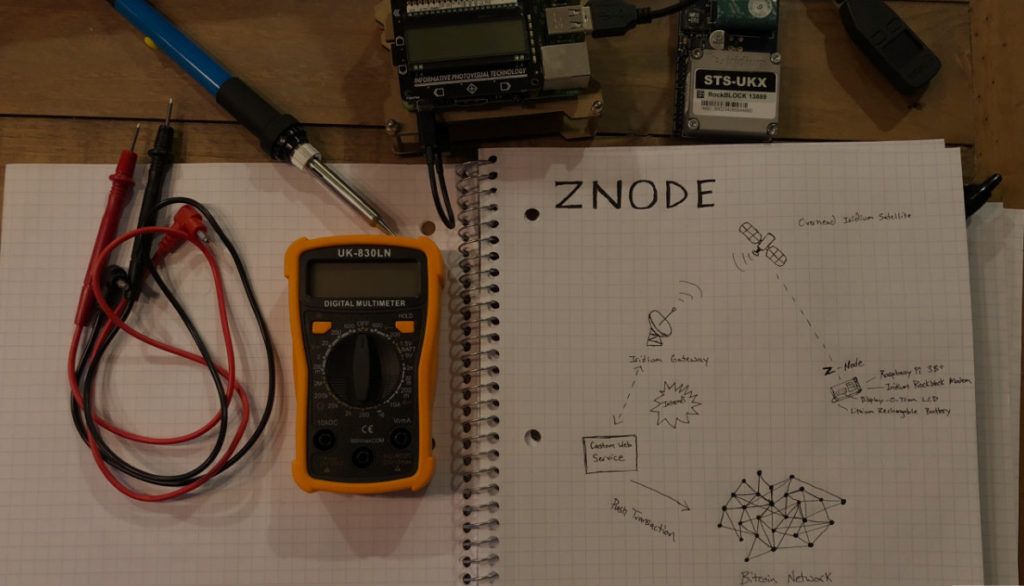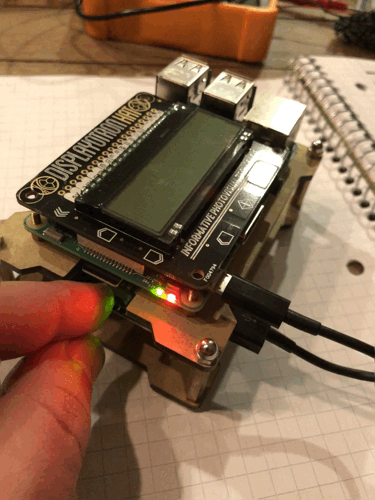Satellites and Sovereignty

Since founding Casa, we’ve been on a mission to protect personal sovereignty. We try to think through all potential threat vectors to design systems that are as resilient as possible. A few months ago, I was thinking about the situation where a catastrophic event takes down power and communications, and I decided to build a proof-of-concept device that is part bitcoin wallet, part satellite modem and makes it possible to send Bitcoin from anywhere in the world without cellular or wifi.
The device offers resilience in the face of broad geographic outages and offers autonomy in situations where a nation-state might block or patrol internet access.
I’ve been thinking more about satellite comms since listening to a Planet Money podcast last year on cube sats. This amazing series series follows the process of launching a cube sat from idea, to launch, to receiving data from orbit. Until listening, I had no idea you could build and launch a satellite for less than $100k.
The planet money series got me thinking more about affordable satellite technology and what I could build with a small budget. Around the same time, Blockstream started broadcasting the blockchain to a large part of the globe from a geosynchronous satellite. I didn’t have a satellite dish and really wanted to figure out how to do something similar without having to setup a large dish.
I googled “satellite bitcoin no dish” to see if anyone had solved this before. There wasn’t much in the search results… a few old threads on Bitcointalk like this gem, but nothing that answered my question. I continued researching and eventually fell down the Iridium rabbit hole.
Some background on Iridium
Iridium consists of 66 satellites flying at 17,000 mph in low earth orbit (which means one is almost always overhead). The unique configuration means you can communicate without needing a large dish. Other satellites requiring a dish tend to be much higher above the earth in a geostationary orbit and you’re only able to communicate with them from certain geographic areas. Iridium is accessible from anywhere in the world at any time, so long as you’ve got a clear view of the sky. High availability comes at a cost and with Iridium, speeds are much slower than other satellites. The top data transfer speed is worse than 1990s dialup (28 kbps). As an aside, the history behind this network of satellites (referred to as a constellation) is really fascinating. If you’re remotely interested, do yourself a favor and check out this this video.
Eventually, I stumbled across exactly what I needed… the RockBLOCK Mk2 Iridium modem. This was exactly what I’d envisioned and it would fit perfectly with the other hardware components. I’d tinkered with single board computers for a few years, and in that time discovered you can do pretty much anything with a Raspberry Pi and the right software. My previous powercheck device and the bot that got me a lifetime ban from Pokemon Go ran for months on an old Raspberry Pi 2 without any issues.
For a satellite node prototype, I decided to use a Raspberry Pi 3B+ along with some accompanying hardware to make it portable and provide a low energy display. In the next post, I’ll explain how I built a Rpi to send bitcoin transactions over Iridium.
For some really interesting visuals of satellites in general, check out this interactive infographic of all the satellite flying above the earth.

